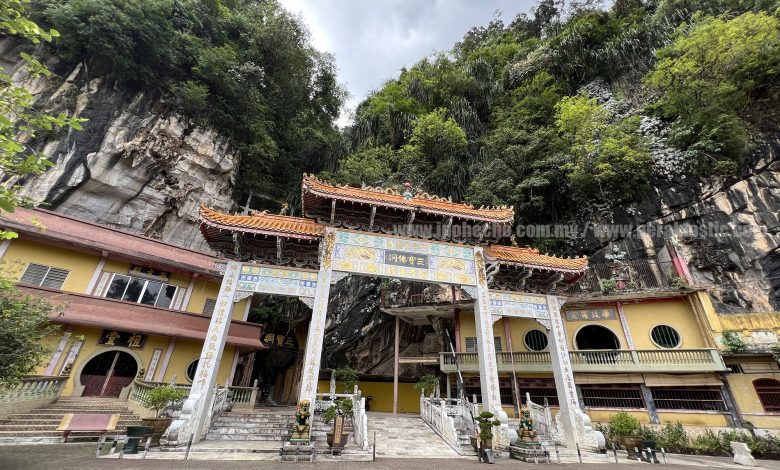

By: Rosli Mansor Ahmad Razali
Sam Poh Tong Temple is located on Gunung Rapat on the southern outskirts of Ipoh. Sam Poh Tong is a Buddhist temple built inside a limestone cave. It is the oldest and main cave temple in Ipoh, Perak.
Many people overlook the uniqueness of the temple that holds various uniqueness and culture of the Buddhist community.
The temple is built in a limestone cave in the mountains located about 5 kilometres from the city centre and follows the Buddhist branch of Mahayana Buddhism.
The location of Sam Poh Tong Temple is a bit isolated and confusing because every visitor will first find Ling Sen Tong Temple in the same place.
But that is not a problem for visitors, you can ask anyone here because indeed the people of Ipoh are all friendly and ready to help.
According to the Lonely Planet website, Sam Poh Tong is listed as the 18th best thing to visit in Ipoh.
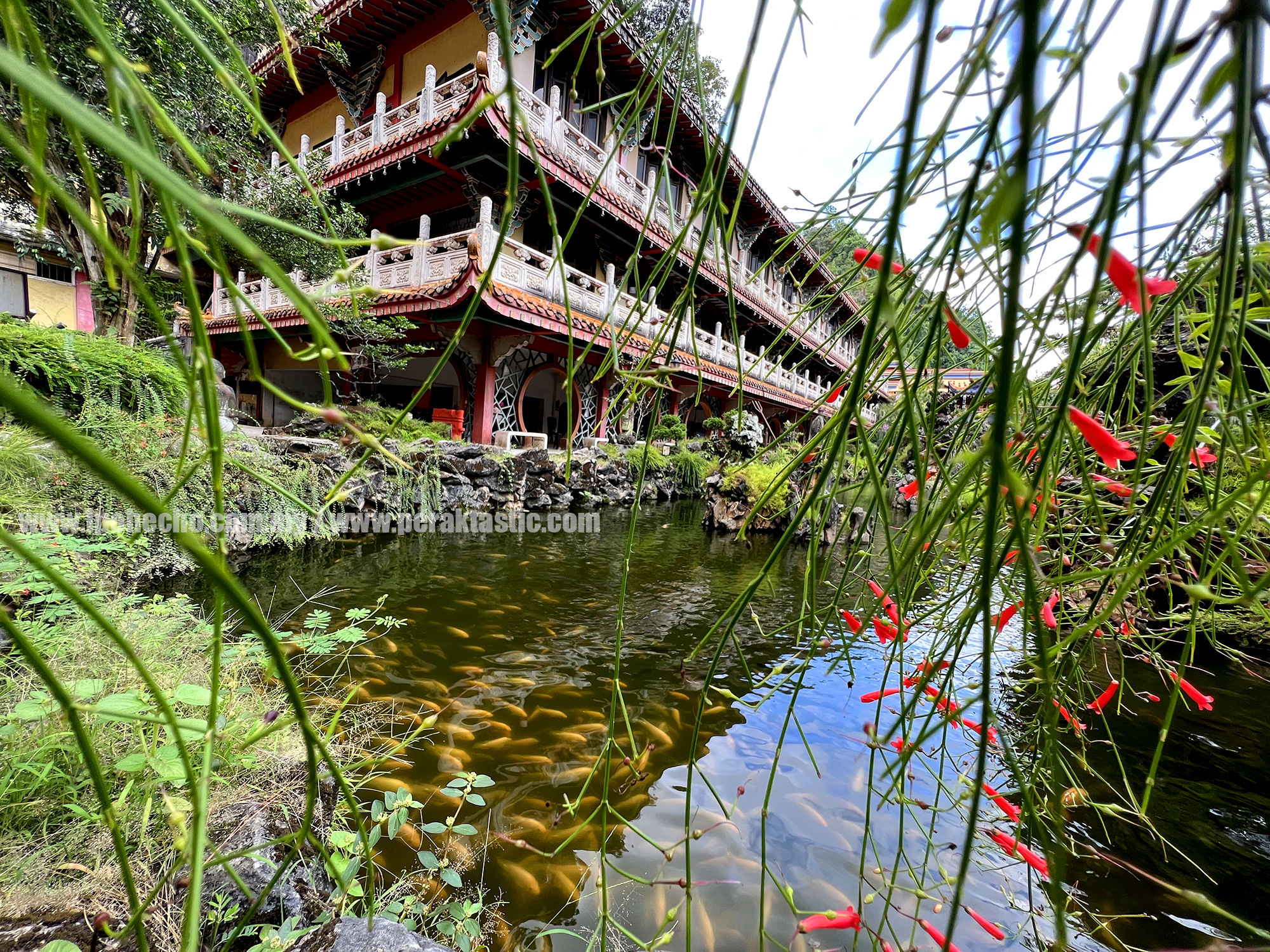

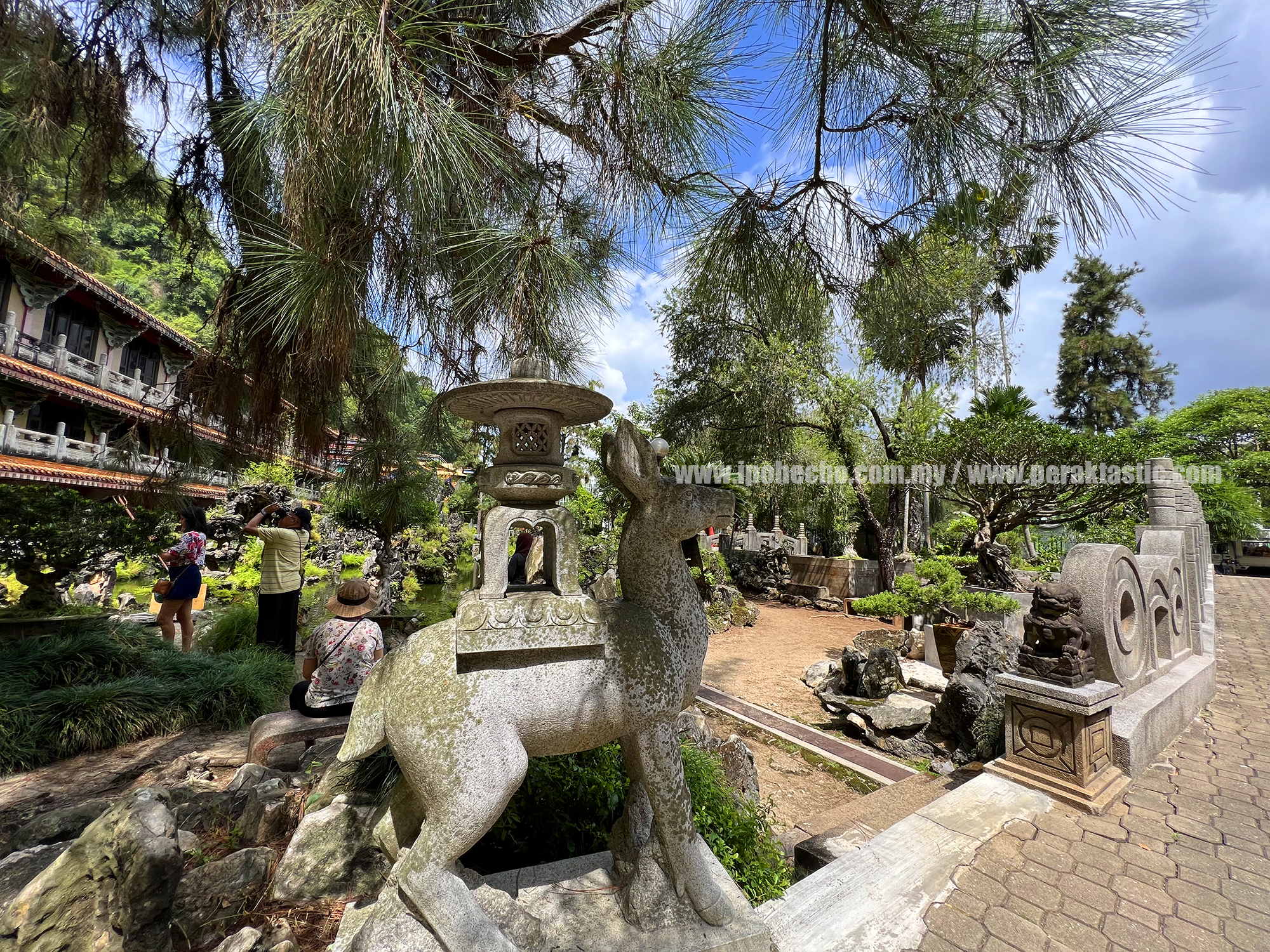



History of Sam Poh Tong
Sources are stating that this cave was discovered by a Buddhist monk from China and settled here until his death 20 years later.
The construction of the temple is said to have started in 1912. Sam Poh Tong translates as Cave of the Three Jewels but there seems to be no explanation of what or where these jewels are. Perhaps it refers to a Buddhist meditation technique rather than an actual gem.
Complete uniqueness suffuses the grounds in front of this temple; surely the eyes will be focused on a landscaped garden surrounded by fish ponds and bonsai trees that are decades old.
The pool forms small islands decorated with artificial rock formations that may resemble the Huang Shan mountains in China.
Japanese stone lanterns and pagodas add to the beauty of the garden. An information board in front of the entrance states that this park was awarded the Best Landscape Park in Malaysia in 1993.
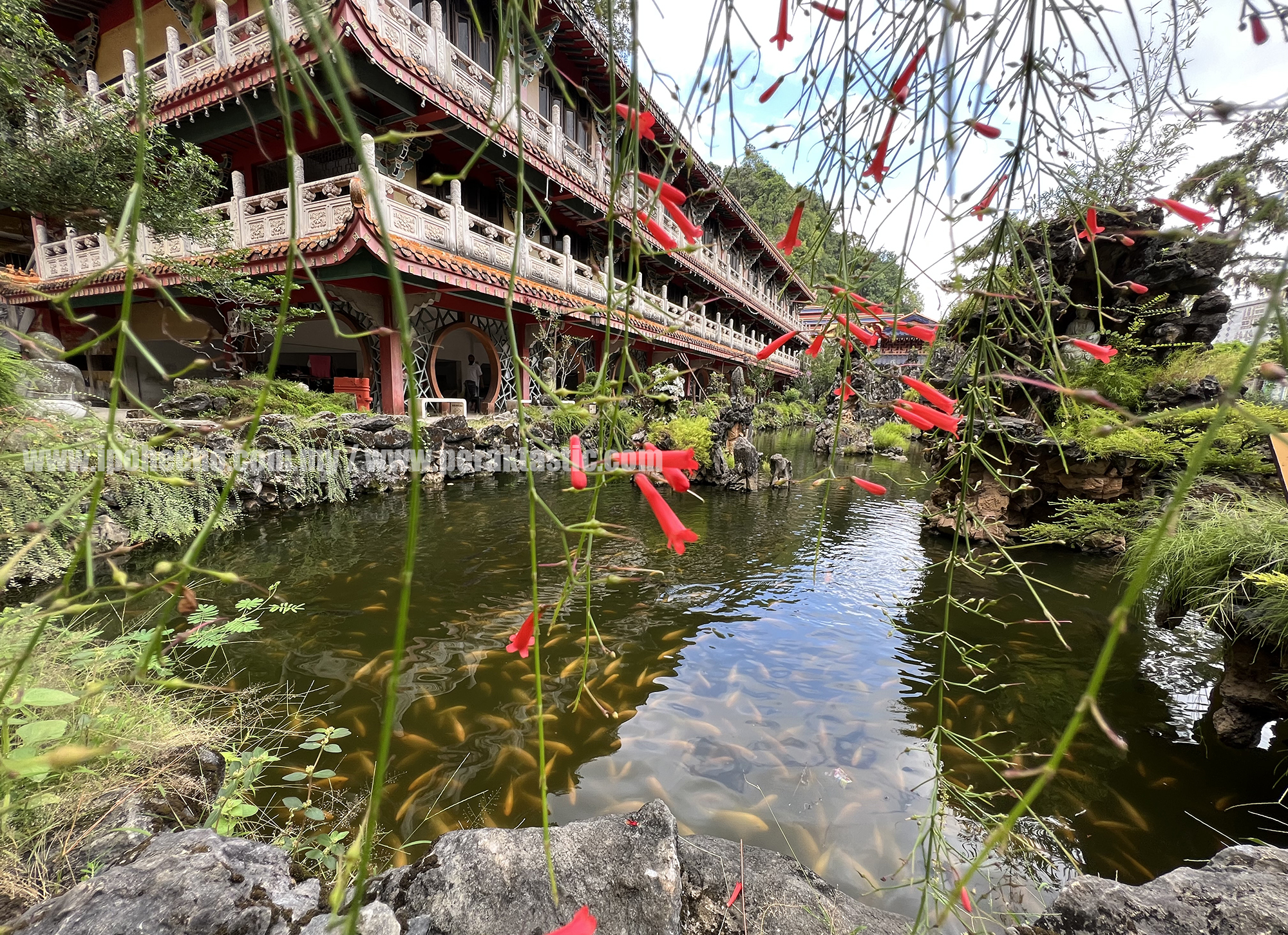

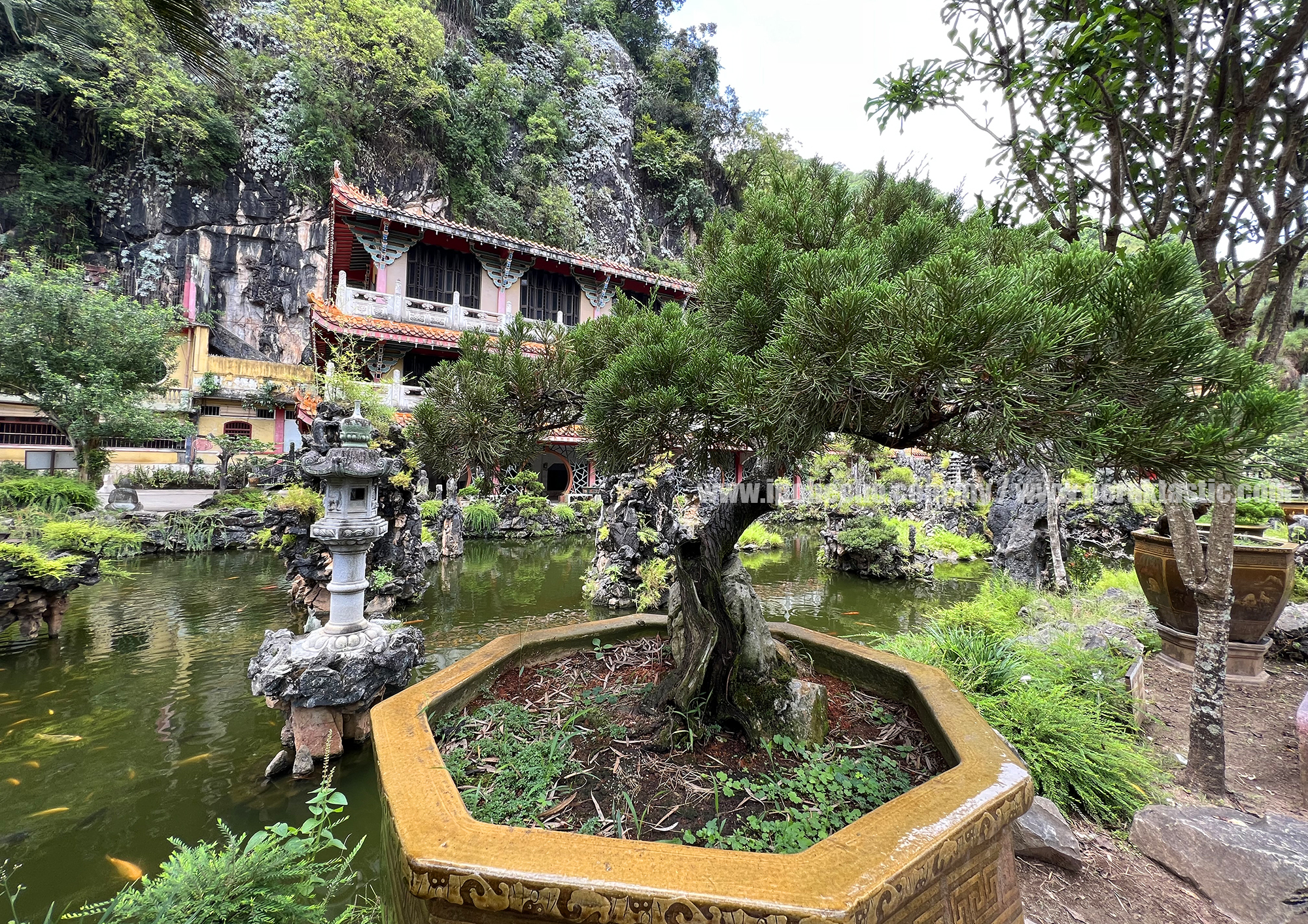

Turtle Pond
To get to the turtle pool, visitors need to go through a path inside the cave where you will see several statues of Buddha and gods.
As soon as you step out of the cave passage, an ornate pagoda building with red roof tiles stands out on the right. But passage to the building is not allowed because it is fenced and locked.
On the right, there is a fenced area that houses hundreds of turtles.
Visitors are allowed to feed these animals with a bowl of tomatoes sold at the cave entrance for RM4.00.




A tourist from Belgium, Rodrigo, 40, shared his admiration when he first visited the city of Ipoh.
“I know the city of Ipoh as a place surrounded by limestone hills that are millions of years old that are not found in European countries.
“The uniqueness of the limestone cave here attracted the attention of me and my family. It is very unique with a combination of cultural and religious elements created in limestone.
“My children can especially learn something new about nature and culture. The speciality of the landscape on the side is very exciting and it is different from our country. We will come to Ipoh again in the future for a longer period,” he told Ipoh Echo.
Another tourist, Gayatri, 32, from Mumbai said that apart from the beauty of nature, the peaceful atmosphere of Ipoh city attracted her interest to vacation with her family.
“Ipoh is a calm city because it is blessed with nature that is not affected by development. It amazes our view.
“The landscape found here is very different and mesmerising. It is really interesting and not available in my country. Similarly, the uniqueness of the design of the temple in the limestone cave is very unusual and colourful.
“Ipoh is a clean city in addition to the friendliness of its multiracial community. When I return to my country, I will miss the freshness of Ipoh White Coffee and the passion of choosing souvenirs at Concubine Lane,” he said.




